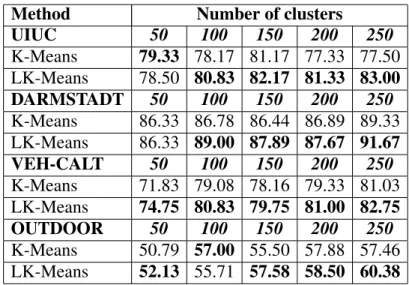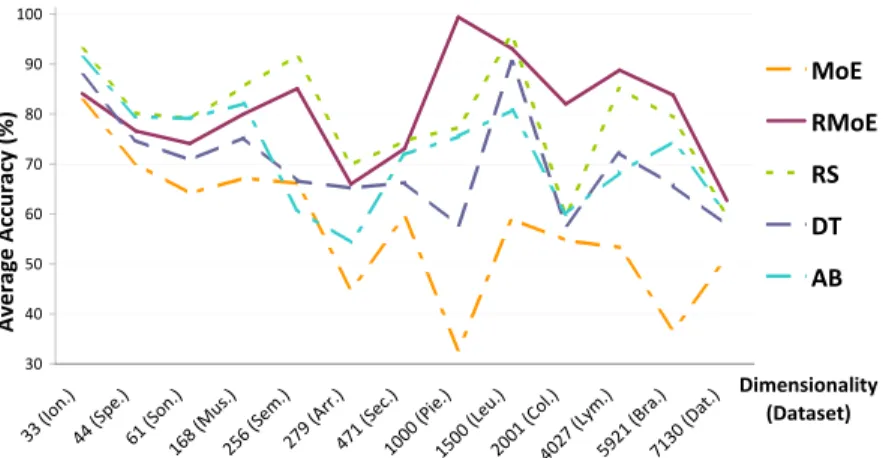Category level visual object recognition using novel machine learning techniques
Texto completo
Figure
![Table 2.1 shows the main details for these datasets. We normalize all these datasets to the range [0, 1]](https://thumb-us.123doks.com/thumbv2/123dok_es/7286960.444360/37.918.287.686.370.571/table-shows-main-details-datasets-normalize-datasets-range.webp)



Documento similar
The hypothesis we consider for this research is that a supervised machine learning algorithm for evaluating pronunciation level can achieve a grade prediction with less than 30%
In our PIORT (Probabilistic Integrated Object Recognition and Tracking) framework, the static recognition module is based on the use of a classifier that is trained from examples
In particular, we propose following: (i) the Hybrid Cache Ways architecture, which splits the cache into two sections optimized for high performace and ultra-low energy; (ii)
We find works using synthetic data for object detection/recognition [62, 110, 111, 172], object viewpoint recognition [139], re-identification [14], and human pose estimation
This means all you need to know to construct an object reference to your notification service is the IP address of the machine and the port number the server process ist listening
We propose a block-level approach to estimate the background image of video sequences with moving and stationary objects using temporal and spatial analysis to identify non-
Foreground segmentation. This module does the foreground object extraction task. Foreground extraction is performed using an approach similar to the one of the semantic
Abstract: This paper describes the automatic generation of simulation-based Internet courses by means of an object-oriented continuous simulation language (OOCSMP), and a compiler

